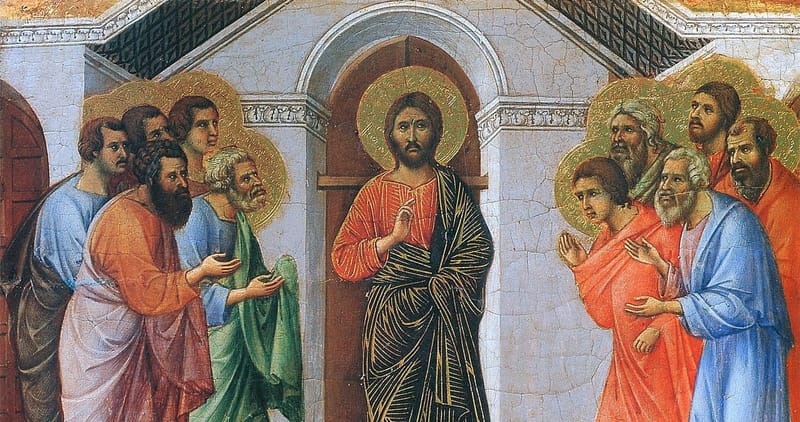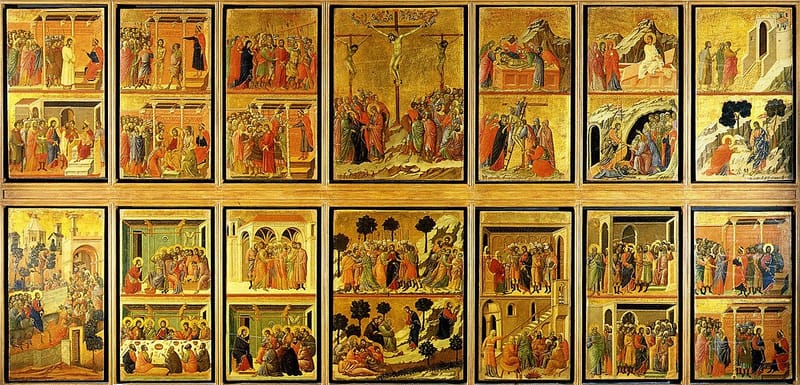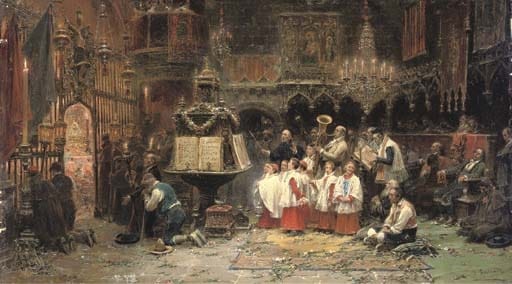From the Editor's Desk
" 'The resurrection of Christ is our hope!' (Augustine, Sermon 261). This the Church proclaims today with joy. She announces the hope that is now firm and invincible because God has raised Jesus Christ from the dead. She communicates the hope that she carries in her heart and wishes to share with all people in every place, especially where Christians suffer persecution because of their faith and their commitment to justice and peace. She invokes the hope that can call forth the courage to do good, even when it costs, especially when it costs. Today the Church sings 'the day that the Lord has made', and she summons people to joy. Today the Church calls in prayer upon Mary, Star of Hope, asking her to guide humanity towards the safe haven of salvation which is the heart of Christ, the paschal Victim, the Lamb who has 'redeemed the world', the Innocent one who has 'reconciled us sinners with the Father'." Benedict XVI, Easter Sunday 2009
Here are Five Books for Catholics's recommended readings for this Easter.
- Jesus of Nazareth: Holy Week: From the Entrance into Jerusalem to the Resurrection (also available for Kindle)
by Joseph Ratzinger/Benedict XVI - Lectures on the Christian Sacraments (also available for Kindle)
by St. Cyril of Jerusalem - Acts of the Apostles (Catholic Commentary on Sacred Scripture)
(also available for Kindle)
by William S. Kurz SJ - The Art of Holy Week and Easter: Meditations on the Passion and Resurrection of Jesus (also available for Kindle)
by Sister Wendy Beckett - Easter Oratorio – Ascension Oratorio (Recording)
by J.S. Bach: Bach Collegium Japan conducted by Masaaki Suzuki
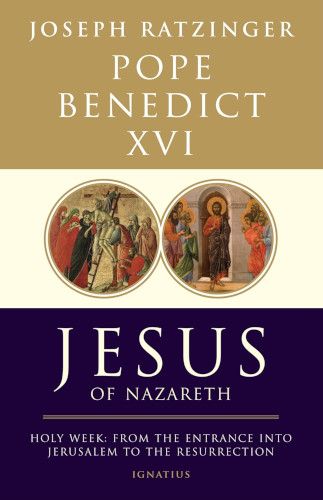
1.
Pope Benedict XVI's Jesus of Nazareth has been Five Books for Catholics’s top recommendation for Lent, Holy Week, and now Easter. Why? Not only to honour the recently deceased pope, but also because the first two volumes of his Jesus of Nazareth triology are a great guide to the mysteries celebrated during Lent and Easter.
In Chapter Nine and the Epilogue of the second volume, he focuses on the Resurrection and the Ascension of the Lord. He explains the relevant passages of the New Testament and addresses several of the modern objections to the historicity of the Resurrection.
"The Christian faith stands or falls with the truth of the testimony that Christ is risen from the dead."
Benedict XVI, Jesus of Nazareth, vol. 2
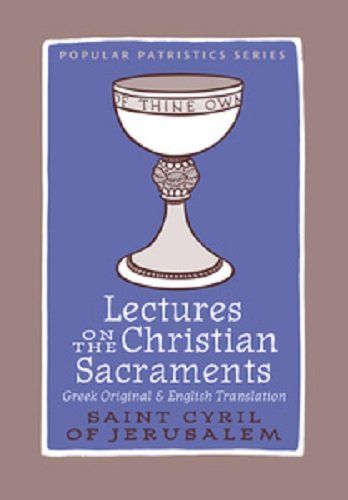
2.
In the early Church, the bishop would impart a new set of catecheses to those who had received Baptism during the Easter Vigil and had just been implanted (neophytes) into the Body of Christ. Now that they had been baptised, they were ready to be introduced to the mysteries or sacraments. Hence, this stage of catechesis was called mystagogy. It focussed on explaining the significance of the baptismal rites and confirmation, and teaching the neophytes about the Eucharist.
What appears to be bread is not bread—even if this is suggested by taste—but it is the body of Christ, and that which appeas to be wine is not wine—even if this is suggested by taste—but it is the blood of Christ.
St. Cyril of Jerusalem, Mystagogical Catechesis 4, 9
One of the most notable examples that we have from the period are the five mystagogical catecheses delivered in the late fourth century by the bishop of Jerusalem, either St. Cyril or his successor, St. John II. They deal respectively with the pre-baptismal rites, the baptismal rites, confirmation, the Blessed Sacrament, and the Mass. They are an important source for our knowledge of the liturgy of the period and the golden age of Patristic catechesis.
Easter is a good time for us to renew our appreciation of these sacraments. It might be helpful, therefore, to read St. Cyril of Jerusalem's classic mystagogical catecheses with the mind of a neophyte.
The edition published by the Popular Patristic Series is affordable and comes with a useful introductory essay. It even comes with the original text for those who know Ancient Greek.
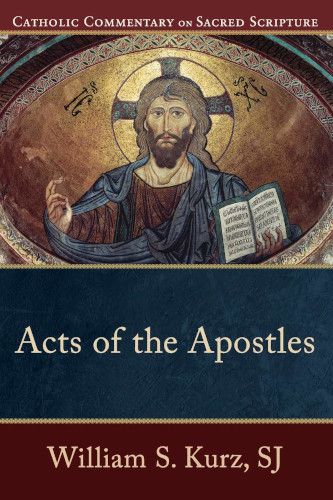
3.
During Easter, the first reading for Mass is taken from the Acts of the Apostles. Acts describes how the Holy Spirit, sent by Christ after his Ascension, gradually extends the Church from Jerusalem all the nations. Beginning on Pentecost, he gives the Twelve and their collaborators, above all Paul, the power to bear witness fearlessly to the risen Christ. Acts records their feats to make it clear that the Holy Spirit impels us to do likewise. That is why this exhortation to evangelization features throughout the Eastertide Liturgy of the Word.
Some may find a commentary useful to get more out of the liturgical readings from Acts. A good resource in this regard is Fr. William S. Kurz's. It unpacks the theology of Acts in way that is clear, accessible, and readable for non-specialists.
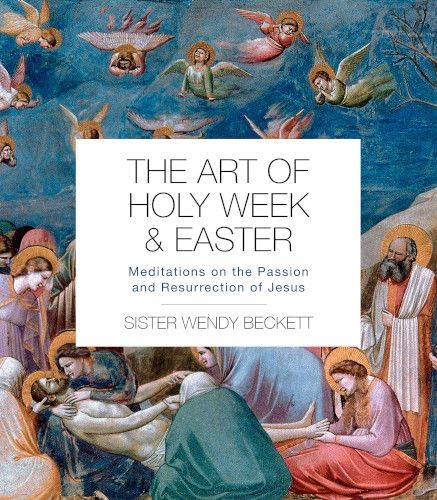
4.
Fourth on the list for Holy Week was Sister Wendy Beckett’s The Art of Holy Week and Easter, a set of thirty mediations. Each meditation is on a work of art, reproduced in the book, that depicts a scene from mysteries of Holy Week and Easter.
Now that Easter has arrived, we might find the last eight meditations helpful. They are on paintings that range from Easter Sunday to the Ascenscion.
Some of the works are anonymous, such as the depiction of the empty tomb in a 10th manuscript or the 16th century icon of The Incredulity of Thomas. There are quite few from the Italian masters. Piero della Francesca, Titian, Annibale Caracci, and Caravaggio feature. However, each of the artists was deploying their skills to create a painting that would help people enter more deeply into the mystery represented. Contemplating these works of art with our eyes and mind, can help us enter into deeper communion with Christ and the graces associated with the depicted mystery.
Through her commentaries, both artistic and spiritual, on these paintings, Sister Wendy initiates us into such contemplation.
For more on Sister Wendy, check out the post for Lent.
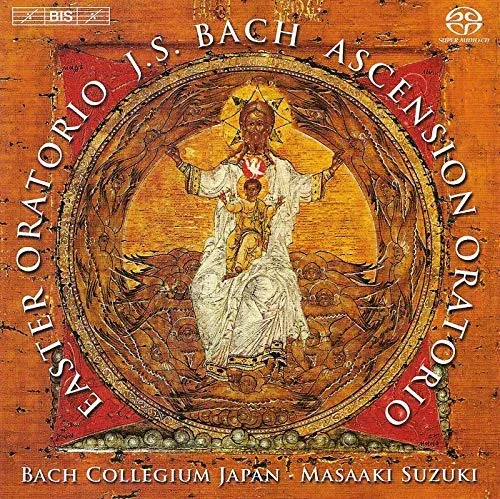
5.
As ever, the fifth entry on the list for a major liturgical season is not a book but a recording of sacred music. Well, if you buy the CD, you'll get an accompanying booklet.
This year's picks for Lent and Holy Week were taken from late-Rennaisance polyphony composed in Rome. Breaking with that trend, the Easter record comes from the baroque not the Rennaisance; from Leipzig rather than Rome; from the Lutheran rather than the Catholic tradition. It is the Bach Collegium Japan's recording of the J.S. Bach's Easter and Ascension Oratorios.
Come, hurry and run, you swift feet,
get to the cave that covers Jesus.
Bach, Easter Oratorio
The Easter Oratorio (BWV 249) was put together as a cantata for Easter Sunday and first performed in 1725. With the exception of the recitatives, Bach recycled most of the music from the Pastoral Cantata (BWV 249a). In the recitatives and arias, the soloists adopt the roles of Mary Magdalene, Mary the mother of James, Peter, and John. Peter and John run towards the empty tomb. There, they meet the two Maries, reflect on what has happened, and rejoice at the Lord's Resurrection (libretto).
Under Masaaki Suzuki, Bach Collegium Japan have made a series of acclaimed recordings of Bach's sacred music. This is one of them. It beats other recordings of the Easter Oratory onto this list by pairing it with the Ascension Oratory (BMV 11).


